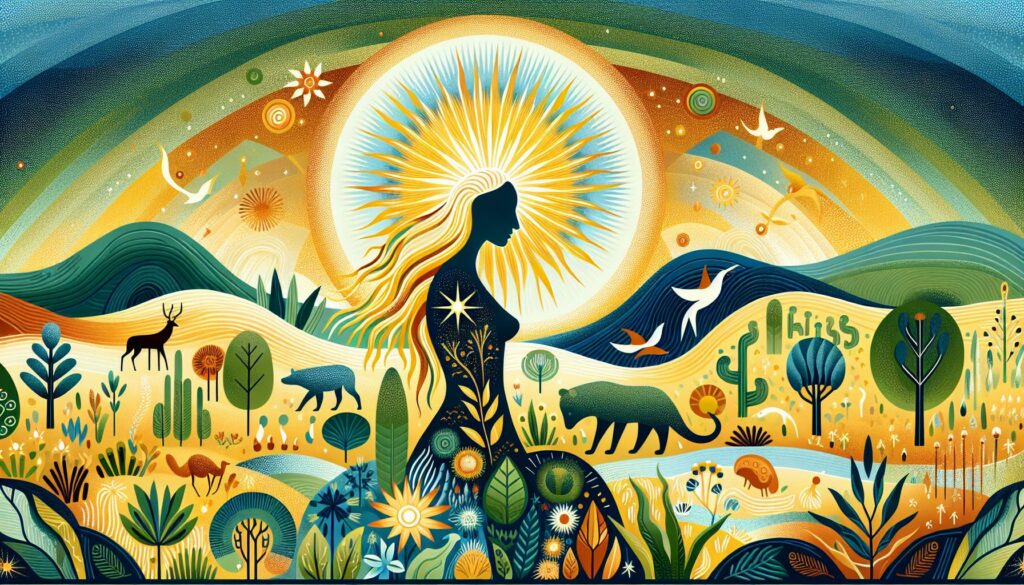Aboriginal folklore is rich with captivating stories that reflect the deep connection between the land and its people. One such figure is Yhi, a prominent deity whose influence spans across various Dreamtime narratives. I’ve always been fascinated by how these ancient tales shape cultural identities and beliefs.
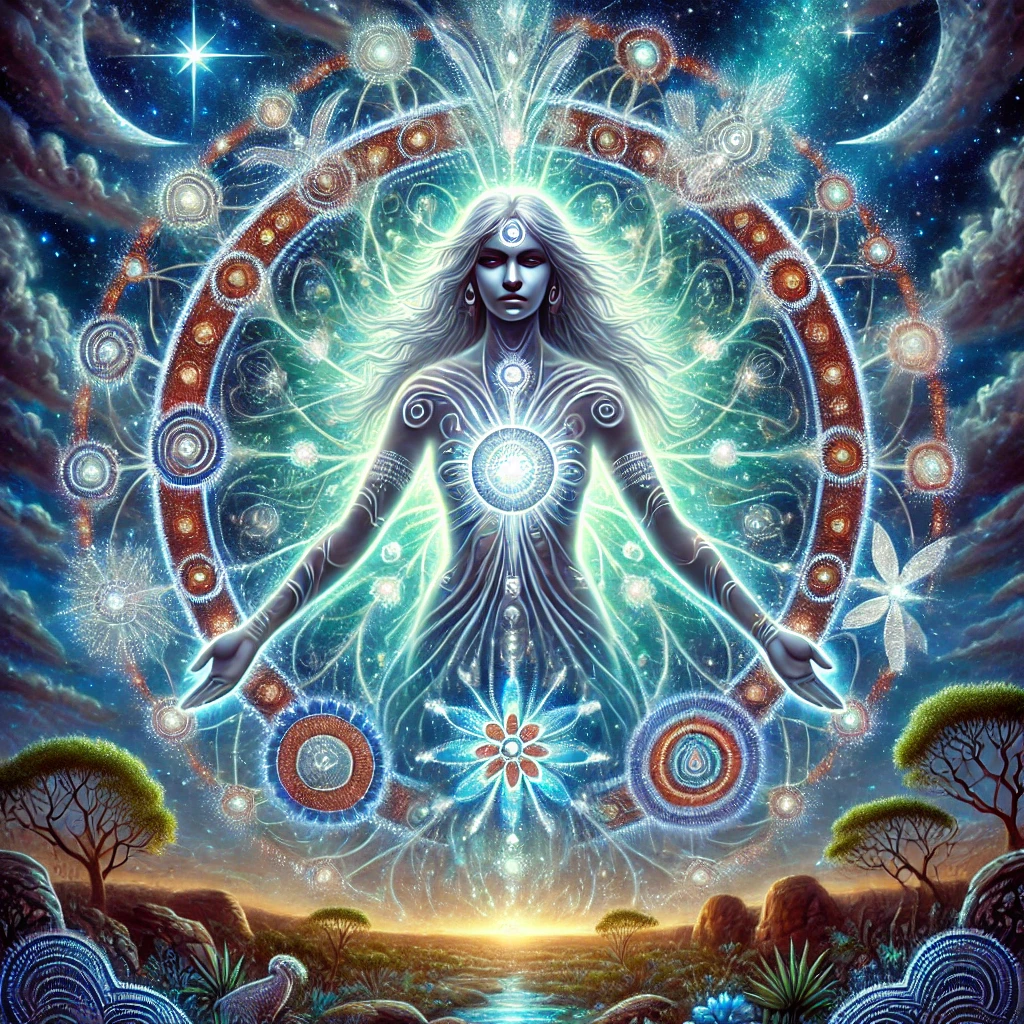
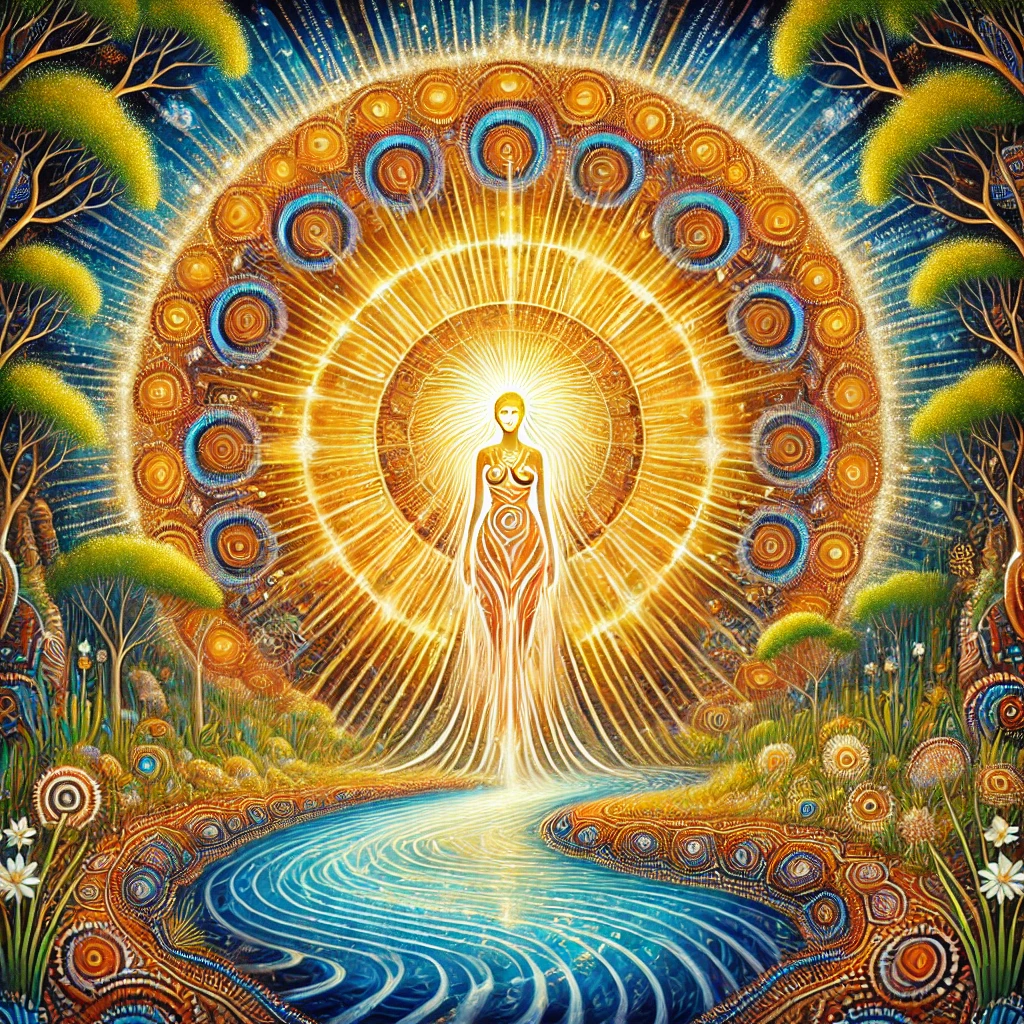
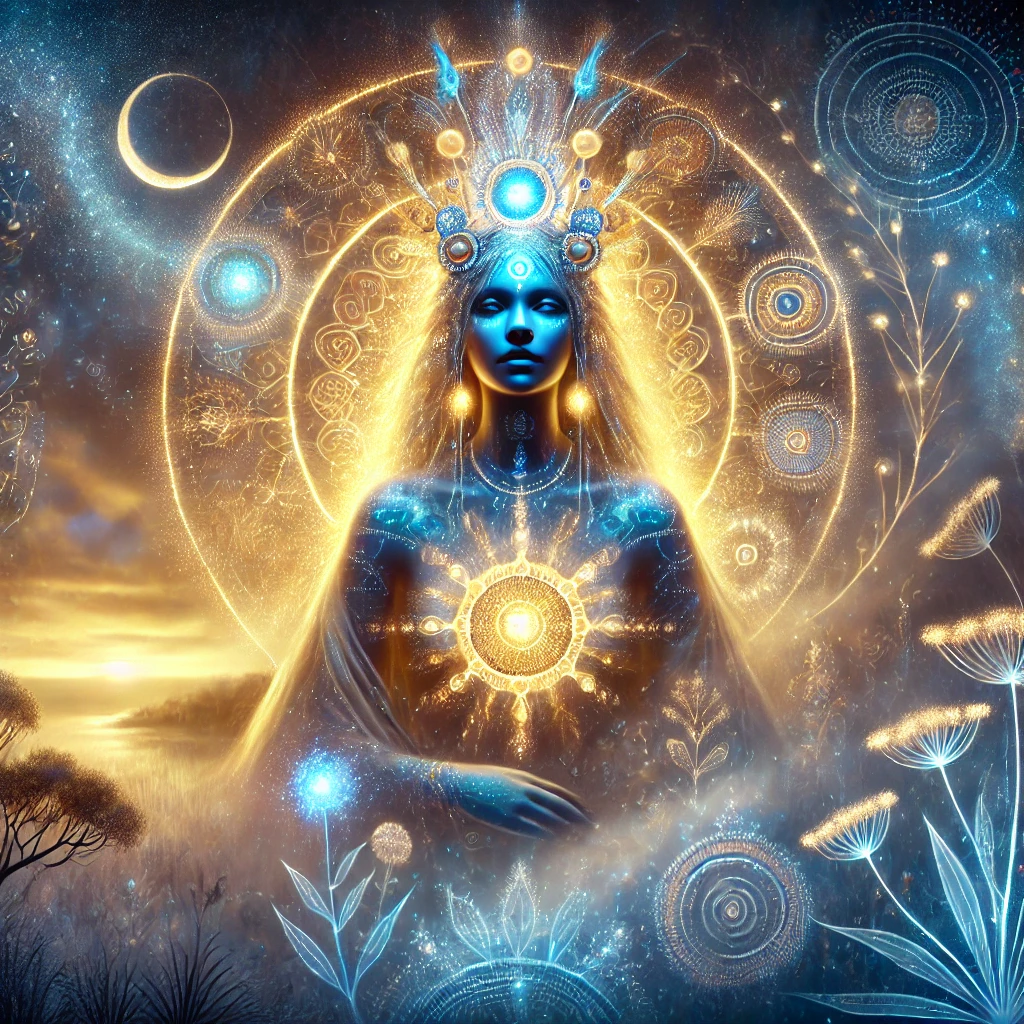
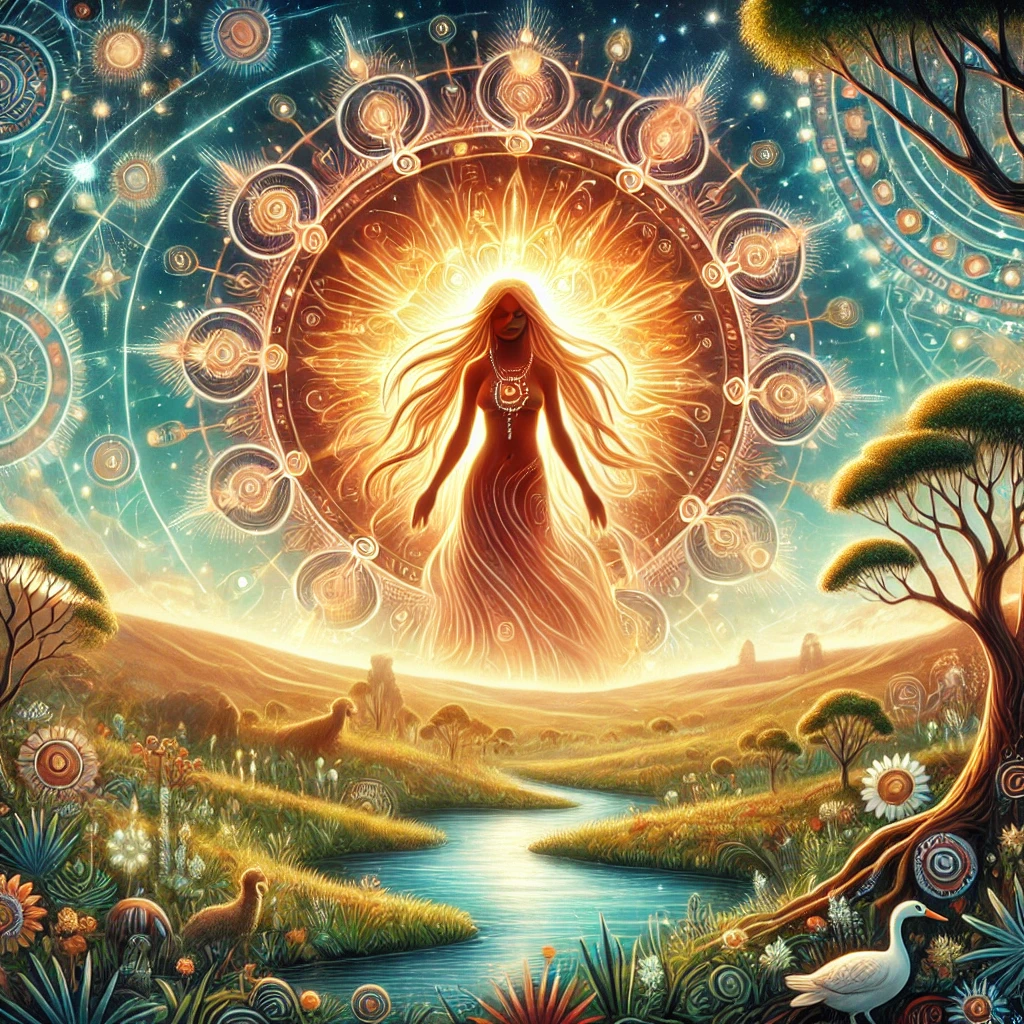
Exploring who Yhi is within Aboriginal folklore uncovers themes of creation, life, and the natural world’s balance. Understanding Yhi’s role not only provides insight into Aboriginal spirituality but also celebrates the enduring legacy of these timeless stories.
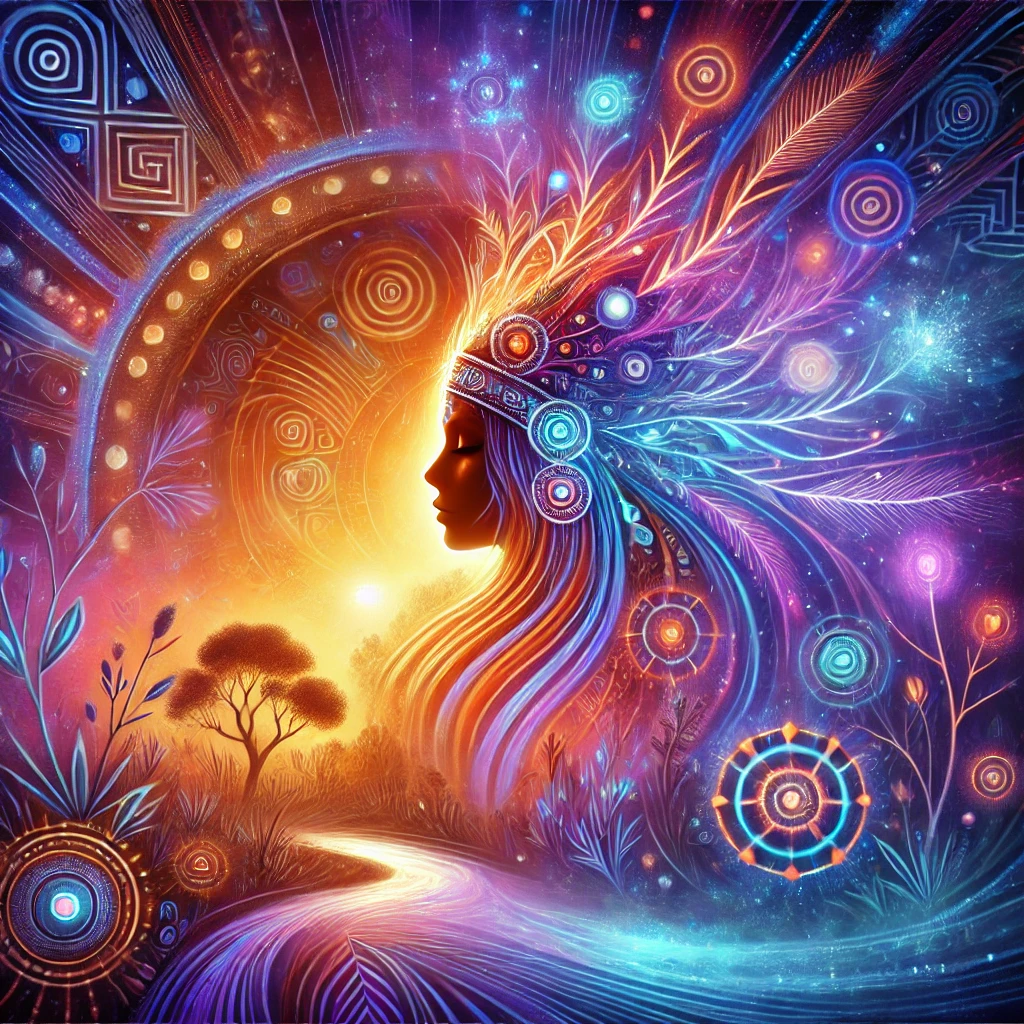
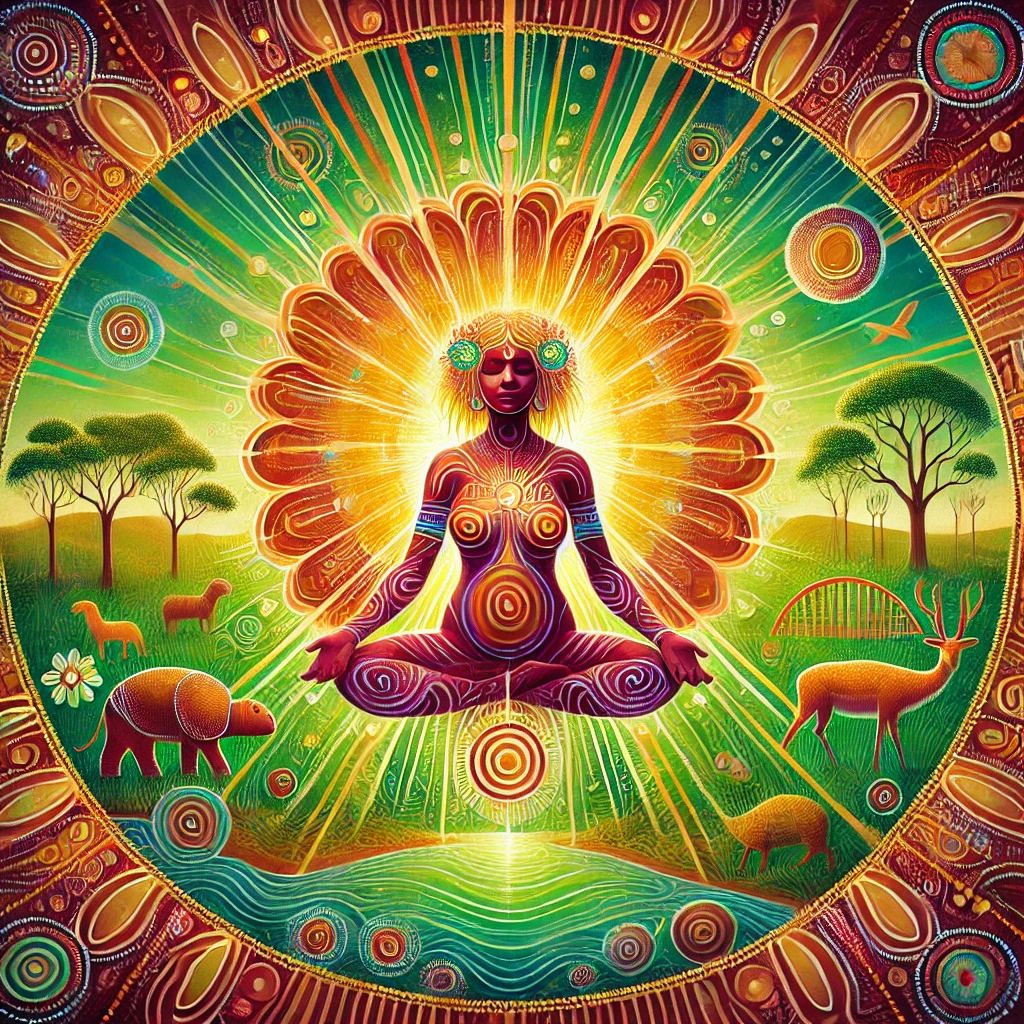
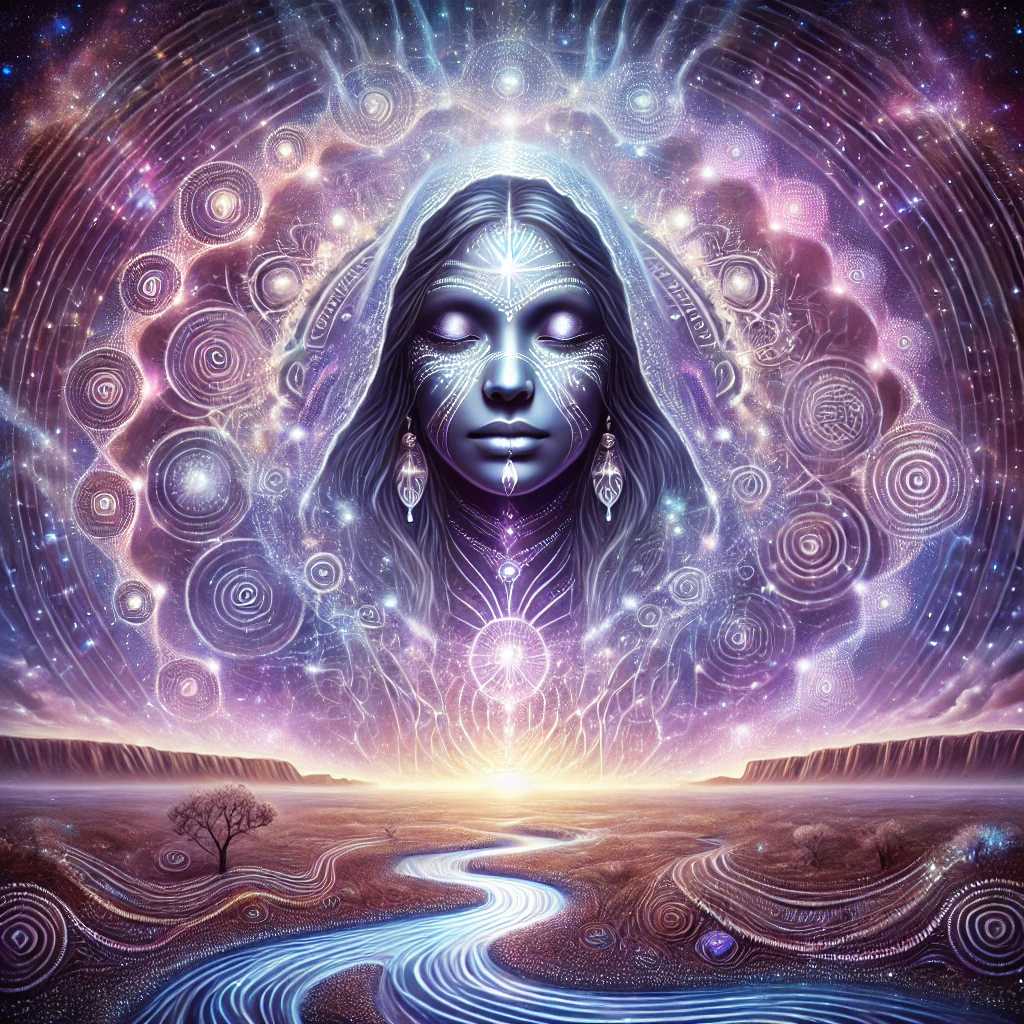

Origins and Creation Stories
Yhi plays a crucial role in the Dreamtime narratives, embodying the sun and initiating creation. Her awakening marks the emergence of light and life in the Aboriginal cosmology.
Yhi’s Birth and Lineage
Yhi originates from a complex lineage within Aboriginal mythology. She is the sister of Birrangulu, the goddess of fertility and rain, and the wife of Baiame, the sky father. This lineage connects her to essential natural elements and divine figures.
Role in the Creation of the World
As a female creator spirit, Yhi’s awakening initiated the creation of the world. When she emerged from the Dreamtime, her first light infused vitality into the dormant landscape, establishing life and cosmic order.
Characteristics and Symbolism
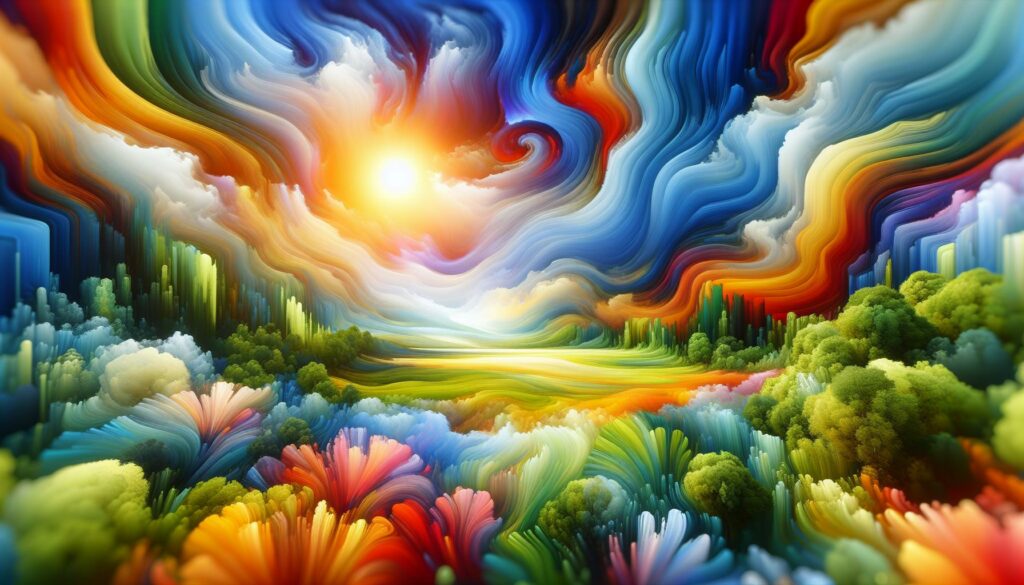
Yhi embodies essential elements in Aboriginal mythology, reflecting her profound influence on creation and life.
Attributes of Yhi
Yhi possesses shapeshifting abilities, allowing her to transform form. This power highlights her role in fostering the interconnectedness of all living beings. Shapeshifting underscores her adaptability and influence across different realms of existence.
Symbolic Significance
Yhi serves as the goddess of light and creation, bringing illumination into the world. She personifies the sun, symbolizing warmth, energy, and creative force. As a creator and sustainer, Yhi transforms barren landscapes into vibrant ecosystems, nurturing plants, animals, and humans. Her presence ensures the cycles of birth, growth, and regeneration continue seamlessly.
Major Myths and Legends
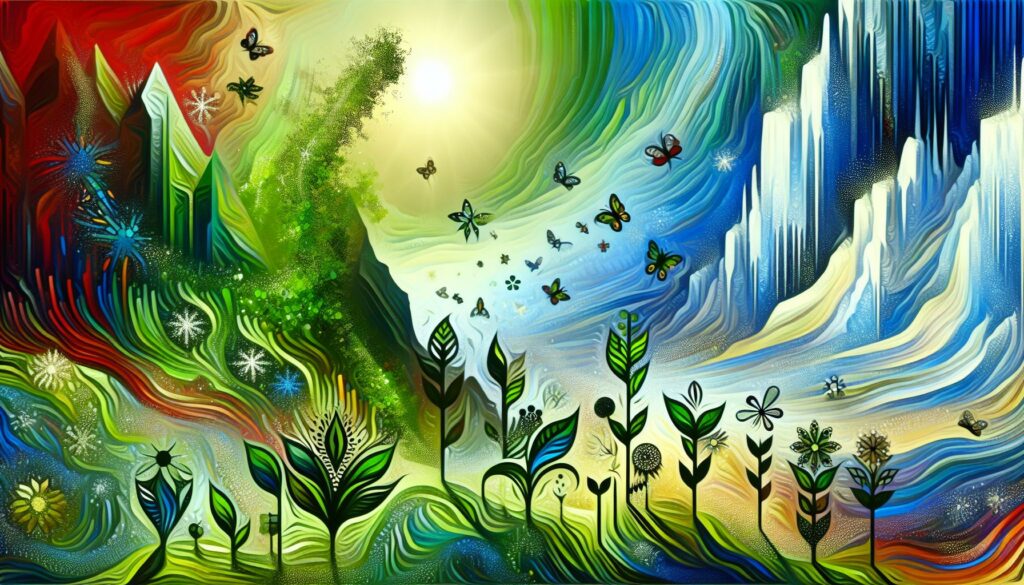
Yhi features prominently in several key Aboriginal myths, illustrating her role in creation and the natural order.
Notable Stories Involving Yhi
One primary legend recounts how Yhi remained asleep until a whistle awakened her. Upon opening her eyes, sunlight spread across the Earth, prompting plants to grow wherever she walked. This act of awakening marked the beginning of life, transforming dormant landscapes into vibrant ecosystems. Another story describes Yhi discovering creatures in ice caves. She brought these beings to the Earth, using her warmth to convert malevolent spirits into insects, thereby ensuring harmony in the natural world.
Lessons and Morals
Yhi’s myths convey the significance of light and warmth in sustaining life. They emphasise the transformative power of creation, highlighting how positive energy can overcome darkness and evil. These stories teach the value of balance in nature, demonstrating how each element contributes to the ecosystem’s overall health. Additionally, Yhi’s role as a nurturing creator underscores the importance of growth, regeneration, and the continuous cycle of life.
Cultural Importance
Yhi holds a central role in Aboriginal culture, influencing various aspects of art and modern society.
Yhi in Aboriginal Art
Yhi frequently features in traditional Gamilaraay paintings, symbolising light and creation. Artists use vibrant colours like yellow and orange to represent the sun’s energy, capturing her radiant essence. Dot paintings often illustrate her chase of Bahloo, incorporating circular patterns to signify celestial movements. Sculptures and carvings portray her as a powerful figure, emphasising her role in sustaining life and natural cycles. These artistic representations preserve Yhi’s narratives, ensuring cultural heritage is transmitted through generations.
Contemporary Relevance
Yhi remains integral to contemporary Aboriginal identity and spirituality. Her stories are included in educational programs, increasing awareness of Indigenous folklore among younger generations. Cultural festivals celebrate Yhi through performances and art exhibitions, reinforcing community bonds and pride. Environmental initiatives invoke Yhi’s symbolism of creation and balance, promoting sustainable practices aligned with traditional beliefs. Additionally, Yhi inspires modern artists and writers, bridging ancient mythology with present-day creative expressions. Her enduring presence underscores the importance of maintaining cultural continuity and resilience.
Key Takeaways
- Yhi is a central sun deity in Aboriginal folklore, pivotal to Dreamtime creation stories.
- She originates from a significant lineage, being the sister of Birrangulu and wife of Baiame.
- Yhi’s awakening brings light and life, initiating the creation and balancing the natural world.
- Possessing shapeshifting abilities, she symbolizes adaptability and the interconnectedness of all beings.
- Major myths highlight her role in transforming landscapes and maintaining harmony in nature.
- Yhi remains influential in Aboriginal art and contemporary culture, preserving heritage and inspiring sustainability.
Conclusion
Exploring Yhi’s story deepens my appreciation for Aboriginal folklore and its rich connection to the natural world. Her role as the sun goddess highlights the intricate balance between creation and life, showcasing how ancient narratives shape cultural identities today. Seeing Yhi’s influence in art and modern practices inspires me to recognise the enduring power of these traditions. Embracing her legends not only honors Indigenous heritage but also emphasizes the importance of maintaining harmony with our environment. Yhi’s legacy continues to resonate, reminding us of the timeless wisdom embedded in Aboriginal stories and the vital role they play in our understanding of the world.
Frequently Asked Questions
Who is Yhi in Aboriginal folklore?
Yhi is a prominent deity in Aboriginal Dreamtime narratives, known as the goddess of the sun and creation. She symbolizes light, warmth, and the life-giving force essential for the flourishing of the natural world. Yhi’s awakening marks the emergence of sunlight and the initiation of creation, playing a crucial role in establishing the balance and harmony of the ecosystem. Her stories highlight the deep connection between the land and its people, reflecting Aboriginal spirituality and cultural identity.
What role does Yhi play in Dreamtime stories?
In Dreamtime stories, Yhi is a central creator spirit who brings light and life to the world. She embodies the sun, whose illumination allows plants to grow and animals to thrive. Yhi’s actions in these narratives often involve shaping the landscape, transforming barren areas into vibrant ecosystems, and maintaining the balance of nature. Her interactions with other deities, such as her sister Birrangulu and husband Baiame, further emphasize her importance in sustaining the natural order and fostering harmony within the environment.
How is Yhi connected to other deities in Aboriginal mythology?
Yhi is intricately connected to other deities in Aboriginal mythology. She is the sister of Birrangulu, the goddess of fertility and rain, and the wife of Baiame, the sky father. This lineage links her to essential natural elements like fertility, rainfall, and the sky, reinforcing her role in creation and the sustenance of life. These relationships highlight the interconnectedness of different divine figures in maintaining the balance and harmony of the natural world, reflecting the holistic worldview of Aboriginal culture.
What are some major myths involving Yhi?
One major myth describes Yhi being awakened by a whistle, causing sunlight to spread across the Earth and enabling plant life to flourish. Another legend recounts how Yhi discovered creatures in ice caves and used her warmth to transform malevolent spirits into harmless insects, promoting harmony in nature. These stories emphasize the transformative power of Yhi’s light and warmth, showcasing her ability to create life, ensure the cycles of growth and regeneration, and maintain the delicate balance essential for the ecosystem’s well-being.
How is Yhi represented in Aboriginal art?
Yhi is a significant figure in Aboriginal art, particularly in traditional Gamilaraay paintings. Artists use vibrant colours to depict her essence as the goddess of light and creation. Common representations include dot paintings illustrating her chase of Bahloo and sculptures or carvings portraying her as a powerful, life-sustaining figure. These artistic expressions celebrate Yhi’s role in nurturing the land and maintaining natural cycles, serving as a visual testament to her importance in Aboriginal culture and spirituality.
What is Yhi’s significance in modern Aboriginal culture?
Yhi remains a vital element of modern Aboriginal culture and spirituality. Her stories are integrated into educational programmes to raise awareness of Indigenous folklore and preserve cultural heritage. Cultural festivals celebrate Yhi through performances and art exhibitions, strengthening community bonds and fostering pride in Aboriginal identity. Additionally, Yhi’s symbolism is invoked in environmental initiatives, promoting sustainable practices that align with traditional beliefs about creation and balance. This enduring presence ensures that Yhi continues to inspire and unify Aboriginal communities today.
How do Yhi’s stories contribute to environmental initiatives?
Yhi’s stories embody the principles of creation, balance, and sustainability, making them powerful symbols for environmental initiatives. By highlighting her role in nurturing the land and maintaining natural cycles, these narratives encourage respect for the environment and promote practices that sustain ecosystems. Aboriginal communities often draw on Yhi’s legacy to advocate for conservation and sustainable management of natural resources, integrating traditional knowledge with modern environmental efforts to address ecological challenges and preserve the natural world for future generations.
What does Yhi symbolize in Aboriginal cosmology?
In Aboriginal cosmology, Yhi symbolizes the sun, light, warmth, and the creative force essential for life. She represents the energy that brings vitality to the land, enabling growth and regeneration. Yhi’s presence embodies the balance between life and nature, emphasizing the interconnectedness of all living things within the ecosystem. Her shapeshifting abilities also highlight adaptability and influence across different realms, reinforcing her role as a guardian of the natural order and a pivotal figure in the spiritual and cultural fabric of Aboriginal society.
How does Yhi’s lineage influence her role in creation?
Yhi’s lineage, being the sister of Birrangulu and the wife of Baiame, deeply influences her role in creation. As the sister of the goddess of fertility and rain, Yhi is connected to the nurturing aspects of nature, ensuring that life can flourish. Her marriage to Baiame, the sky father, ties her to the overarching governance of the cosmos. This divine family structure reinforces her responsibilities in maintaining the balance and harmony of the natural world, highlighting the collaborative efforts of deities in the creation and sustenance of life within Aboriginal mythology.
Why is Yhi important for understanding Aboriginal spirituality?
Yhi is crucial for understanding Aboriginal spirituality as she embodies essential themes of creation, life, and the natural balance integral to Indigenous beliefs. Her stories reflect the deep connection between the land and its people, illustrating the spiritual significance of nature and the environment. By studying Yhi, one gains insight into the values, cosmology, and cultural identity of Aboriginal communities. Her enduring presence in myths, art, and contemporary practices underscores the resilience and continuity of Aboriginal spirituality, highlighting its relevance in both traditional and modern contexts.
Author

Josh Morley holds a Bachelor’s degree in Theology from the Trinity School of Theology and a Diploma in Theology from the Bible College of Wales. His academic journey involved interfaith community projects and supporting international students, experiences that shaped his leadership and reflective skills. Now based in Liverpool, Josh is also the founder of Marketing the Change, a digital agency specializing in web design and marketing.
View all posts

